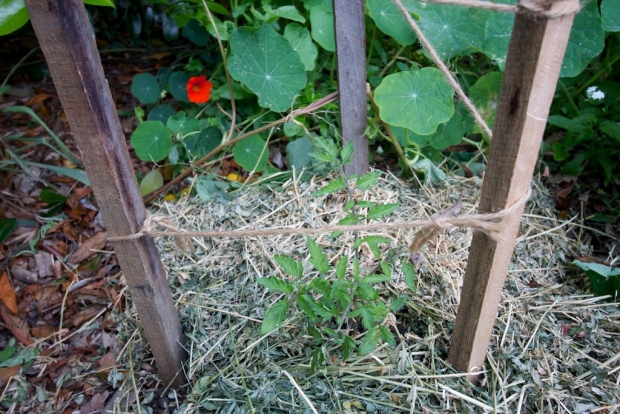If you live in North America and you’re not familiar with lucerne hay, you may know the plant as alfalfa. However, if you come from New Zealand, Australia, Africa, Germany, France or the United Kingdom, you likely know this beneficial plant as lucerne.
Mulching with Lucerne Hay
Medicago sativa, a clover-like plant belonging to the pea family, is grown as livestock feed in countries around the world. Because the hay is so rich in many essential elements, lucerne hay makes terrific mulch.
Benefits you can expect when using this mulch in your garden:
- Contains high levels of protein
- Provides many important minerals, including potassium, calcium, iron, folic acid and others
- Increases soil nitrogen
- Suppresses weeds
- Decomposes quickly, making it an excellent choice for poor soil
- Conserves moisture
- Keeps soil cool in summer and warm in winter
- Reduces fertilizer requirement, thus reducing expenses
- Stimulates healthy root growth
- Contains natural hormones that help prevent root disease
- Feeds worms that help keep soil healthy
How to use
Although lucerne hay makes fantastic mulch, it is considered premium mulch and may be more expensive than other types of mulch. However, you may find it for a good price at a farm supply store. If you use mulch around edible plants, keep in mind that unless you buy organically grown hay, lucerne may contain pesticides.
Lucerne mulch breaks down quickly, so it should be replenished regularly. A layer measuring 1 to 3 inches is recommended. Although the hay is usually seedless, it may contain seeds, including pesky weed seeds, which can get a foothold in your garden.
Don’t allow lucerne mulch to pile up against the base of plants, including trees and shrubs. The mulch can retain moisture that promotes rot, and may attract rodents to the garden. Apply a thinner layer of mulch if slugs are a problem. If possible, apply lucerne mulch immediately after a rain. The mulch will trap the moisture and keep it in the soil much longer.

